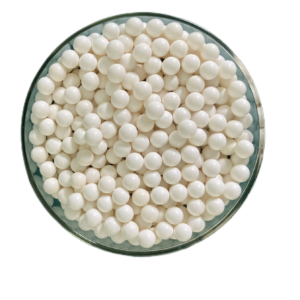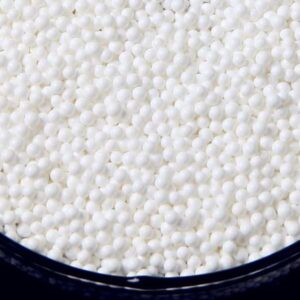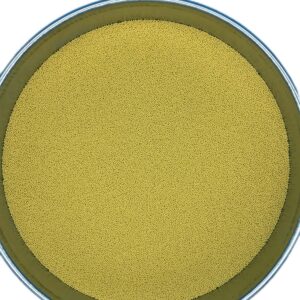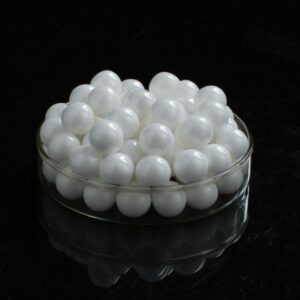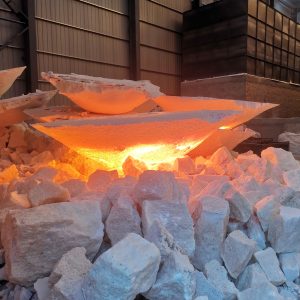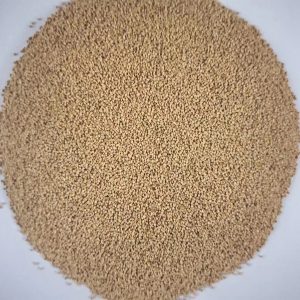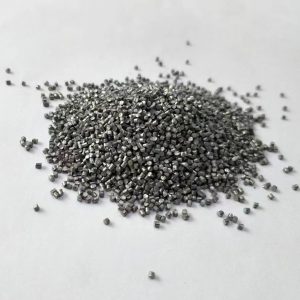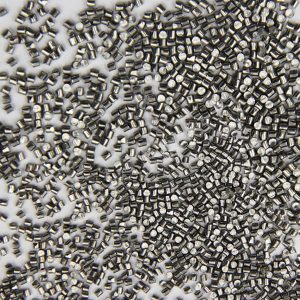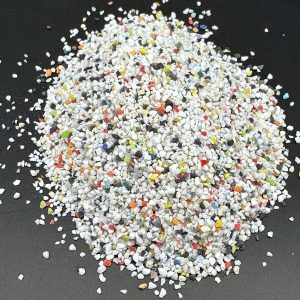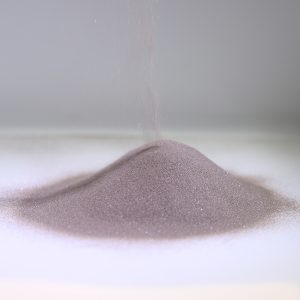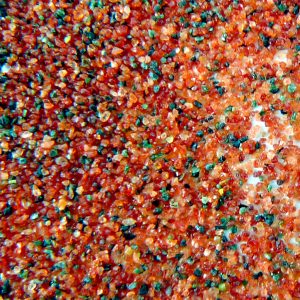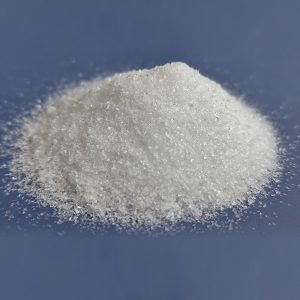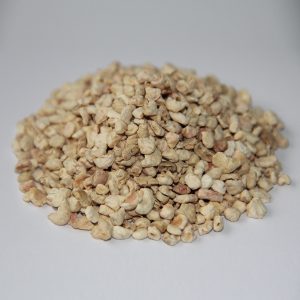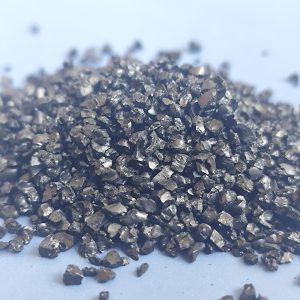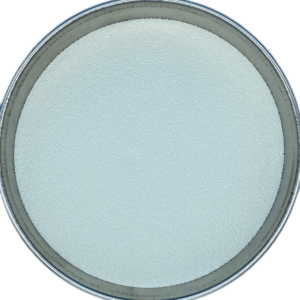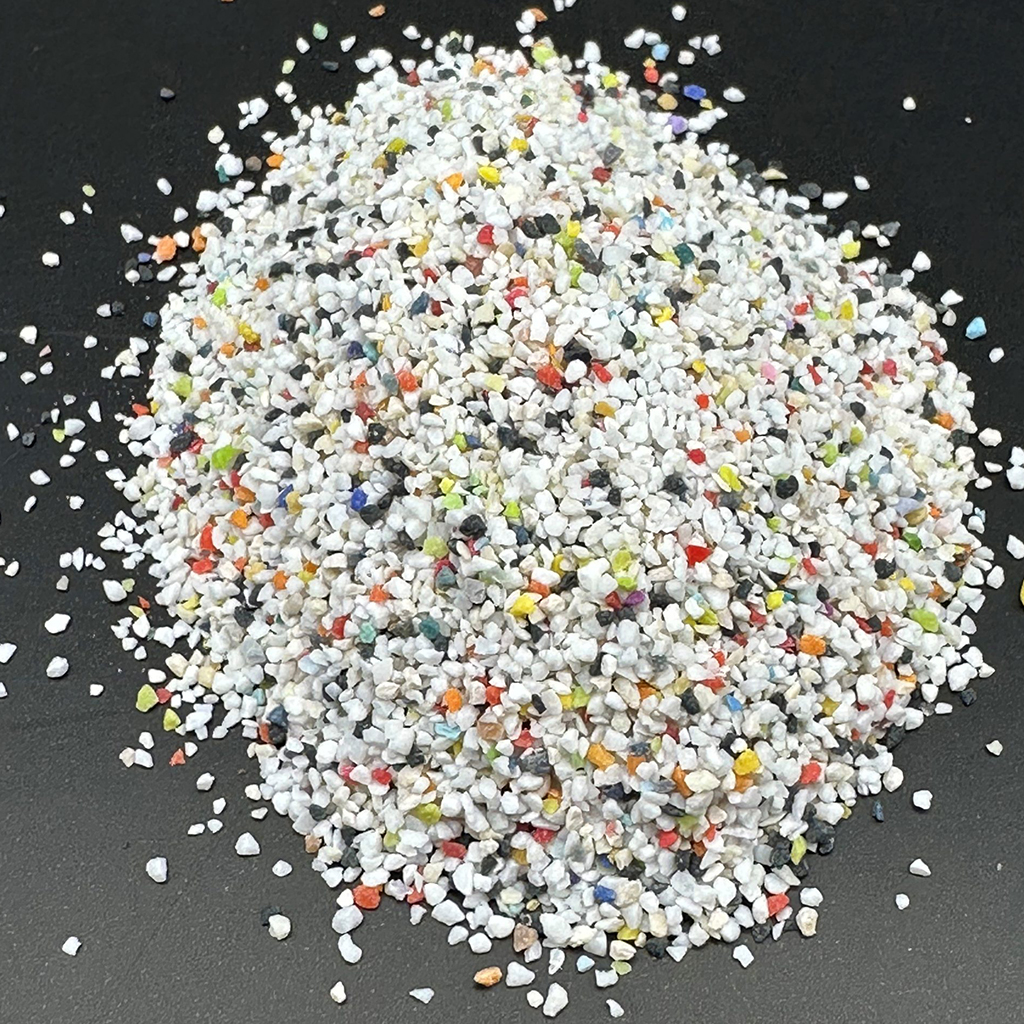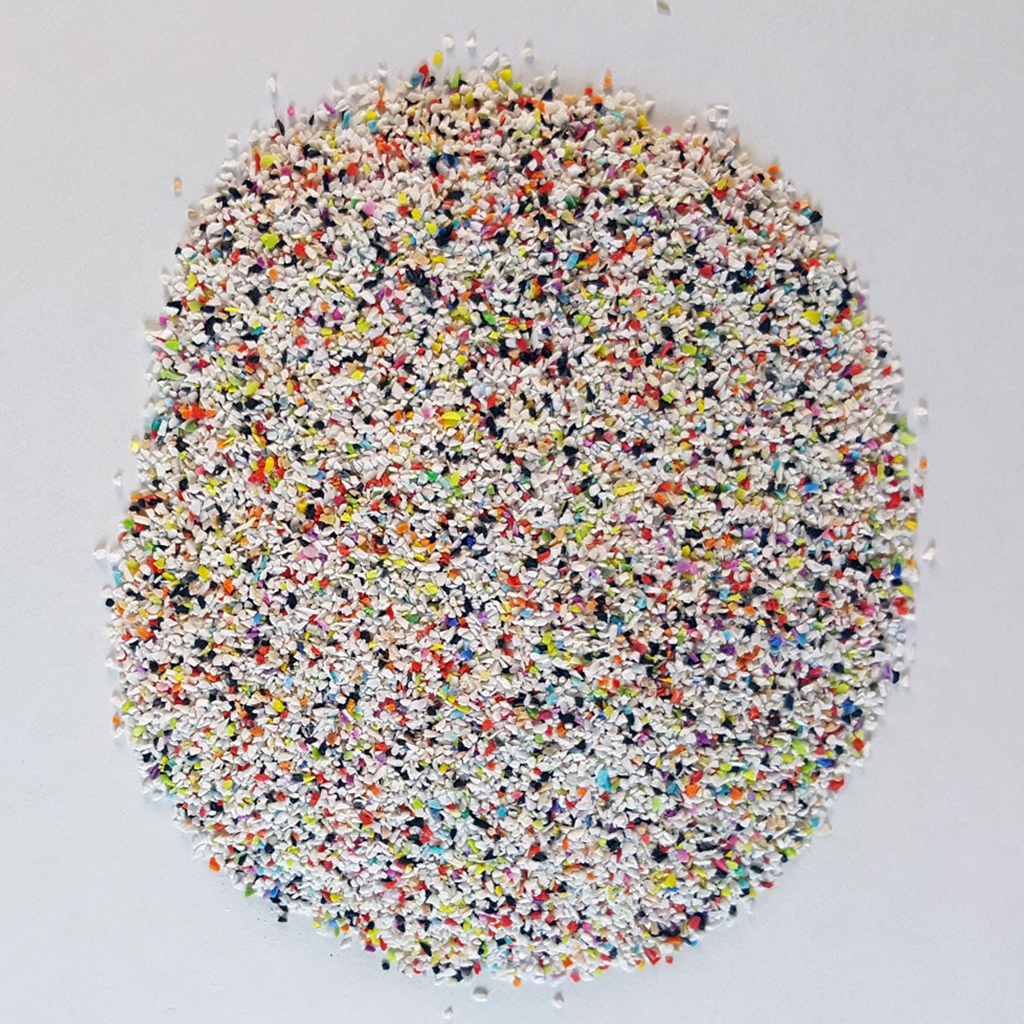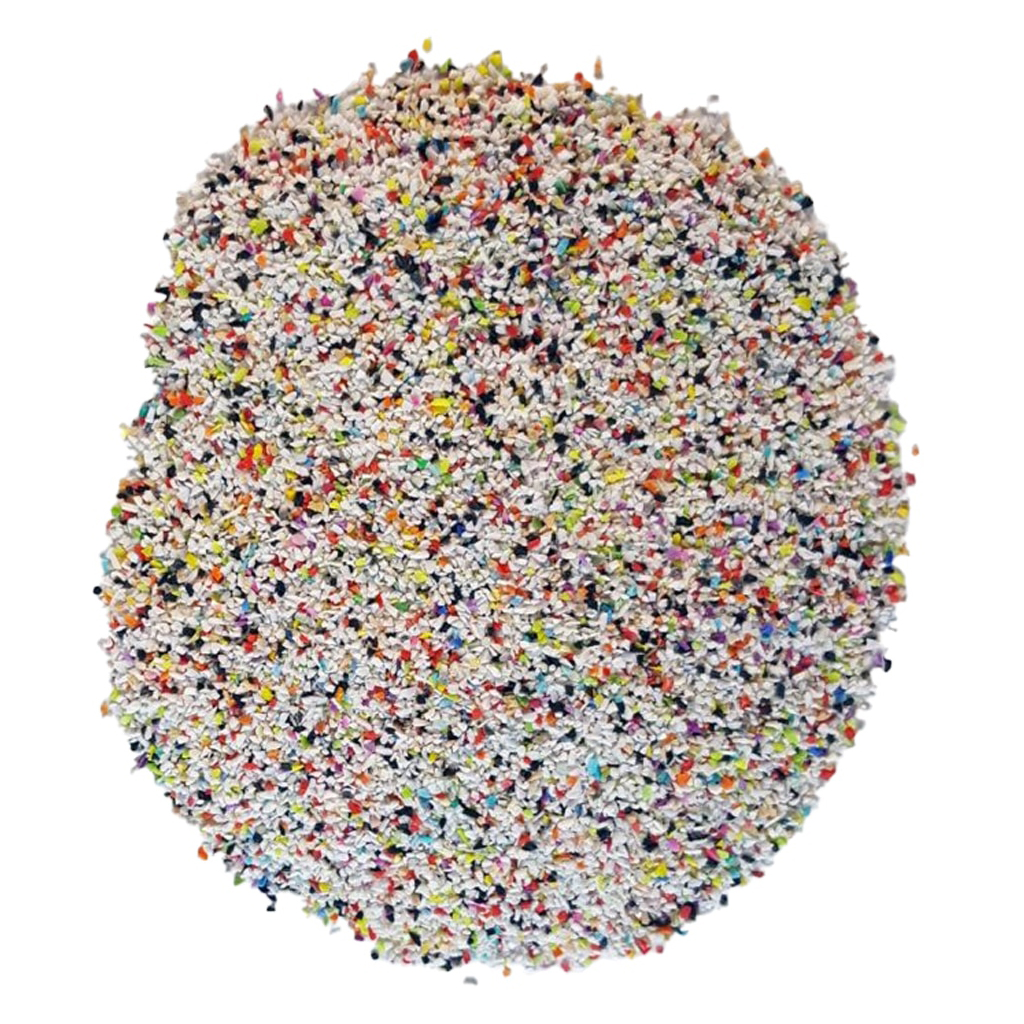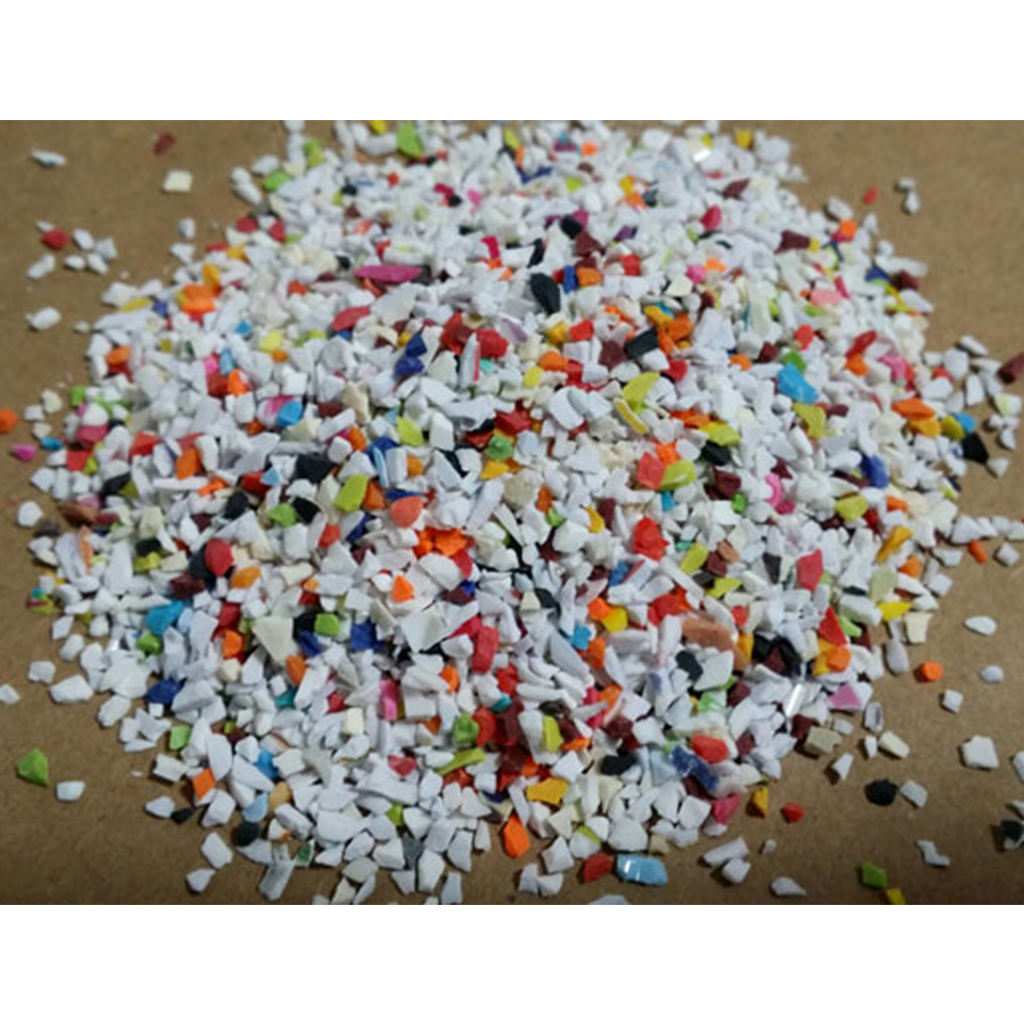1. Application scope of Plastic media abrasives:
Plastic media abrasives play a crucial role in a variety of industrial processes, offering versatile solutions for surface treatment and enhancement. These media are widely used for different applications, such as surface treatment of workpieces, pretreatment before coating processes, changing the mechanical properties of workpieces, and polishing workpiece surfaces. The adaptability of plastic media blasting makes it a valuable tool across numerous fields including aviation, shipbuilding, automotive, high-speed trains, machinery manufacturing, molds, rubber, and electronics.
Key Uses of Plastic Media Blasting
- Pretreatment and Surface Cleaning: Plastic media abrasives are essential for sandblasting and surface preparation before electroplating, spraying, and painting. They effectively clean scale, residue, and dirt from metal workpieces like castings, stampings, weldings, and heat-treated parts, as well as remove non-metallic surfaces from hard shells containing carbon ash and other contaminants.
- Renovation and Burr Treatment: Plastic media blasting is also used for the renovation and cleaning of old parts, including cars, motorcycles, and mechanical equipment. It removes paint, skin, and tiny burrs from machined parts, and can handle burrs on rubber surfaces where applicable, such as in the rubber tire industry.
- Light Decoration and Oilfield Applications: For aesthetic improvements, plastic media abrasives are utilized to eliminate surface traces and achieve a matte finish on both metal and non-metal products, including plastic, crystal, and glass. Additionally, plastic media blasting is employed for cleaning oilfield pipes, valves, and pipelines, ensuring that no static electricity or sparks are generated during the process, thereby maintaining safety.
Plastic media abrasives and plastic media blasting are integral to achieving high-quality surface treatments and enhancements across diverse industries.
2. How to use resin sand abrasives:
Under a certain air pressure, granular polymer abrasives (resin sand) are sprayed onto the surface of the workpiece to achieve cleaning effects quickly and without damage.
–The gold-plated surface and plastic pattern parts will not be damaged during surface cleaning;
–The surface and size of the precision gold mold will not be affected;
–Non-toxic and dust-free;
–long lasting;
3. Precautions for resin sand abrasives:
- The gas tank, pressure gauge and safety valve of the sandblasting machine must be calibrated regularly;
- When the sandblasting machine is working at high speed, the abrasives flying out and the peeling materials on the workpiece may cause personal injury, so you must wear protective gear before working. Wear protective equipment;
- Resin sand should be stored in a dry and ventilated place, away from heat sources;
- Environmental protection requirements must be considered when handling waste abrasives.
4. Resin sand parameters
| Project |
Main Specifications
|
|||
| Chlorine content% | Trace amount 1% | Trace amount 1% | ||
| pH value | 4-8PH | 4-8PH | ||
| Conductivity us/cm | 100us/cm | 100us/cm | ||
| Water absorption% | 10.0% | 10.0% | ||
| Bulk density g/cm3 | 0.6-0.7 g/cm3 | 0.6-0.7 g/cm3 | ||
| Color | White or mixed color particles | White or mixed color particles | ||
| Barcol hardness HB a | 54-62 HB a | 54-62 HB a | ||
| Qualitative infrared spectroscopy | Urea-formaldehyde resin | Melamine resin plastic pattern | ||
| Paint stripping rate (square feet/minute) | 0.15 square feet/minute | 0.15 square feet/minute | ||
| Initiative (mg/cm²) | 0.50 mg/cm² | 3.00 mg/cm² | ||
| Consumption rate (one cycle) | 13% | 13% | ||

